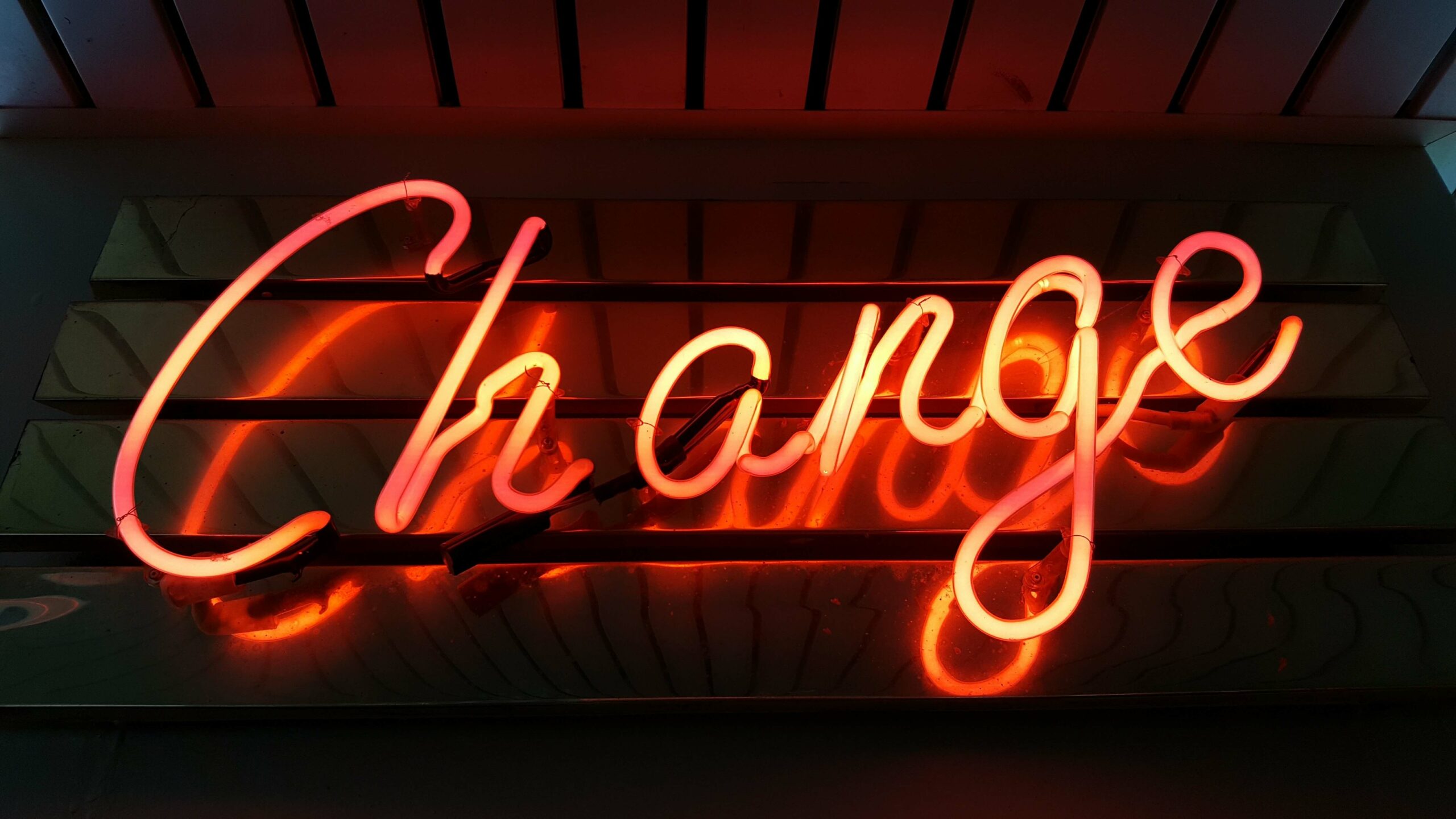So recently I dyed my hair dark brown. I had thought about it for some time… it was a big decision.
I have been blonde for as long as I can remember, except for that time in my early twenties where I cut my long hair off, died it red and gave myself a fringe. But apart from that, I have always been blonde and mostly with long hair.
But I am getting older and I thought it was time for a change…. time to try something different. Perhaps it was time to see if it makes me look any wiser (leave your comments to yourself on that one…). So, I went to my hairdresser and in 3 hours (yes it takes that long), I was a brunette. So why am I telling you about my decision to dye my hair? Because the story is actually very similar to many other change stories. And guess what, change is hard.
Immediately after dying my hair, I thought OMG what have I done! I look like my mother. Not that that’s a bad thing, but I am not quite ready to yet be looking that old (lucky for me she’s not on LinkedIn). I thought I wanted this change and, suddenly, I was faced with the reality of it. Now this is probably a familiar story for many different changes that we have all experienced in our life, whether that is changing jobs or moving in with a new partner, Interestingly, it also a very familiar story for change in our organisations.
So how does change usually work? Often, we will use a typical change framework like ADKAR:
Awareness, Desire, Knowledge, Ability, Reinforcement
and these such frameworks provide us with a great starting point with key actionable steps to guide us and those impacted by the change through.
I, like so many of our projects, went through these steps. But for some reason, with my hair and with so many of our projects, it doesn’t always end up going to plan. People are left still feeling shocked and despondent to the change. So why is this the case?
Let’s go through the steps and look at it in a little more detail.

This is a logical and effective process and in an ideal world where the implemented solution matches what we have been communicating, the approach will be effective. But we are setting ourselves up for disappointment – just like me with my new hair colour. Projects don’t always end up that as they are initially planned and projected whether because of budget, resource, technology constraints or because we are working in an agile environment where we are encouraging people to continue to change and iterate based on feedback and outcomes received. There is a gap. And people will end up feeling like I did.
So how do we tackle this? As change leaders (note this is anyone in an organisation who has an influence on change), we have a role to play to minimise this gap. My three key tips for closing this gap and creating happier people:
1. Be honest – Even if you don’t know where you are going to end up, communicate that. Too often we sugarcoat what the outcome is going to be (it’s how we get funding, it’s how projects are sold etc). But sometimes we don’t know – and we need to say that.
2. Break it down and communicate often – Break every project down into really small parts, even when you feel there is nothing to say. Don’t leave people in the dark. Let them know what you are working through, why progress is slow or why outcomes are changing. Ask their thoughts and feedback often. Their input can help to positively iterate the plans as you progress.
3. Understand one approach doesn’t fit all – An enterprise is made up of individuals and, therefore, no approach will satisfy everyone. There are going to be people going through the journey of change at different times. This is why we need multiple change leaders (yes, you) to understand the people it is impacting and work with them to understand their needs.
So how would these key steps apply to making my hair change any easier? Well, they would have softened the blow. That is why I have “luck tip 4.”
4. Give people time – Sometimes with change, it just takes time. It takes time to make people feel comfortable, even if it was exactly as they were sold it was going to be. Sometimes it’s just a shock to do things differently when you have been doing something else for a long time. And that’s ok. With the right support, listening and sometimes straight talk (Nina your hair is different to your mums…), people will come around.
I am glad that we got locked in and I had time to get to know and like the change, because the newness fades and the things that you worry about disappear as you become more comfortable with it. We can close the gap with what we thought and what actually happened. So, be honest, break it down into pieces, deliver in an agile fashion, understand we can’t catch everyone with a change approach and give people time. They will get there eventually with the right support.
As for me, well the brunette is growing on me. I am not sure I’ll stay this way forever, but I learnt a lot about change along the way.
Nina Muhleisen – Founder and Principal Consultant





